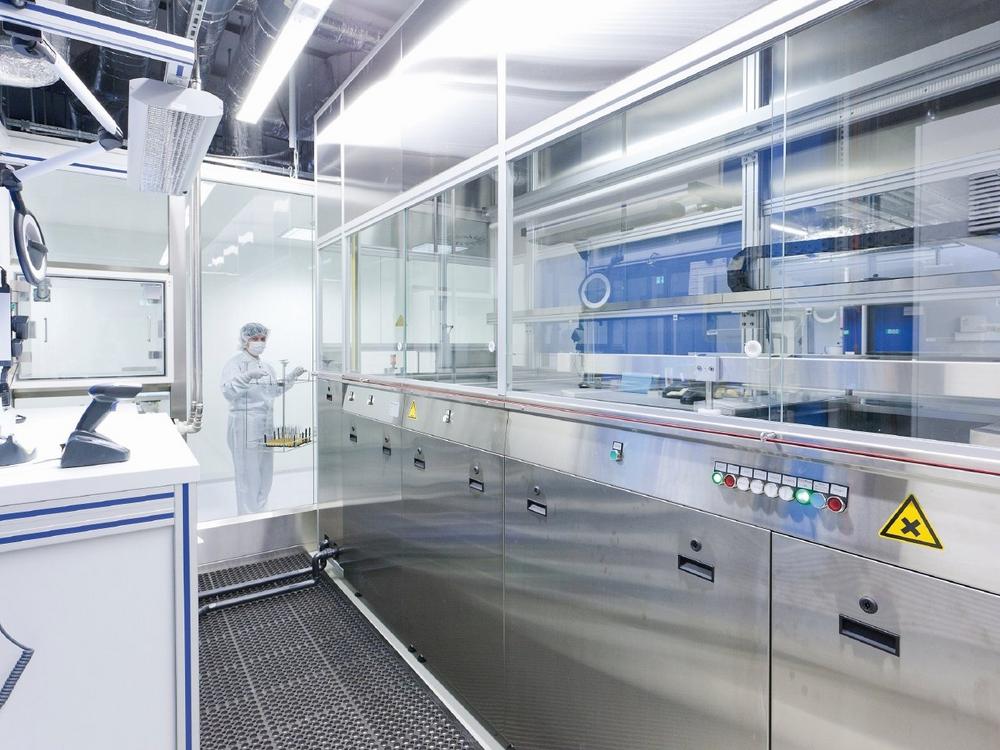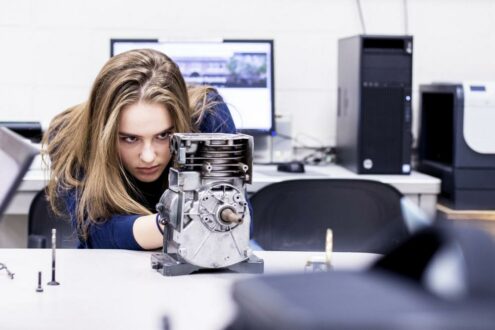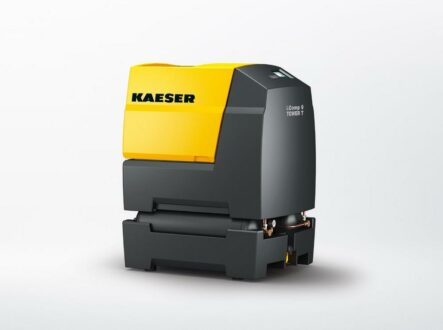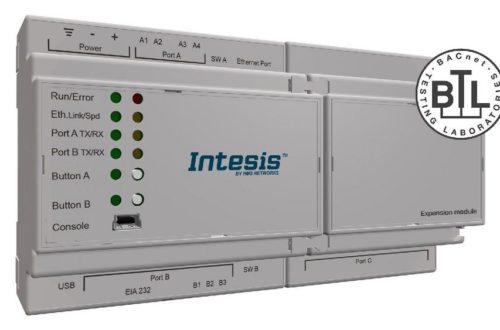
Cleanliness in submicrometer and atomic percent range
Whether production equipment for the semi-conductor industry, biotechnology, laser and sensor technology, devices for measuring and analysis technology, components for accumulators and fuel cells, optical systems or metal cutting tools, the requirements for performance and reliability are extremely high. This not only leads to high demands in terms of production precision of the parts, but also their cleanliness. For medical technology products such as implants, instruments, cannulae and endoscopes, particulate and film-type contamination from manufacturing processes is an essential criterion due to regulatory specifications. Moreover there is a trend for miniaturisation and functional integration with ever smaller and more complex components. These developments entail that particulate cleanliness specifications in the micrometer and even nanometer ranges as well as very stringent requirements regarding residual thin-film contamination must be met by more and more industry sectors. Depending on components and/or applications, outgassing rates for organic substances and residual moisture may also have to be met, as well as limit values down to the atomic percent range when it comes to surface analyses for residues of prohibited substances. For the production of these miniaturized components there is also an evolution towards ever larger integrated manufacturing modules. This also creates new challenges for the cleaning processes and the machine systems required to implement them.
The result is a series of very demanding parts cleaning tasks across the complete manufacturing chain. As a supplier of future-oriented complete solutions, SBS Ecoclean Group of companies covers the whole range of precision and ultrafine cleaning. This enables them to adapt cleaning processes, their control software as well as the machinery and ambient conditions to the requirements and applications on hand.
The right system concept
For selection of the suitable cleaning system for a specific task, the first thing looked at is whether the system is to be used for pre-cleaning, intermediate cleaning or final cleaning. Depending on the use and cleanliness specifications to be achieved, the solution may be chamber or multi-tank immersion machine, a flexible ultrasonic multitank machine based on standardized modules, or a customized ultrasonics-based ultrafine cleaning system. The cleaning chemicals as well as the optimal process technologies such as for example spraying, high-pressure fluid application, immersion, ultrasonic or megasonic treatment, plasma cleaning, injection flood wash, pulsated pressure cleaning (PPC) as well as passivation/preservation as required, are also specifically chosen for the application and the contaminants to be eliminated.
Cleaning processes and systems for ultra-high cleanliness
The design of customized ultrasonic multichamber systems and processes for ultrafine cleaning applications are the core competence of Switzerland-based UCM AG. Key factors to be considered are the material and geometry of the parts to be cleaned, the type and quantity of contaminants, the particulate or film-type cleanliness specifications and, where applicable, permitted outgassing rates and maximum acceptable residues of prohibited substances in the atomic percentage rate. Another important aspect is the selection of suitable cleaning chemicals and wash fluid, for example reverse osmosis water or deionized water. The materials and manufacturing methods used to build the cleaning system and automatic transport system are also selected with the prevention of dirt build-up, re-contamination and cross-contamination already in mind. Outfitting with clean room-grade components and interfacing with clean rooms are also possible.
Standard equipment installed in precision and ultrafine cleaning systems are multifrequency ultrasonic systems that offer flexible adjustment of ultrasonic frequency and intensity to the requirements of different parts to be cleaned. With parts that present complex geometries, capillary structures or porous surfaces, such as for example sintered metal components or additive manufactured components, the PPC method comes into play. Features such as multi-side overflow in all wash and rinse tanks as well as the immersion/spray rinse technology specially developed for ultrafine cleaning systems contribute to the reliable meeting of very severe cleanliness specifications.
The decision which parts are taken to which wash and rinse tanks as well the part-specific process parameters such as temperatures, ultrasonic output and frequency, intensity of PPC, dwell time in the various wash and rinse tanks, are defined during the process development phase. Depending on the complexity and heat absorption capacity of the parts, drying is mostly done using infrared or vacuum technology. The resulting part-specific cleaning programs are stored in the machine controller. The software-controlled implementation of the cleaning sequence plays a decisive role in this context. It ensures among other things that the specified dwell times in wash and rinse tanks are precisely observed, and that prioritized sequences – e.g. for very fragile parts – can be programmed.
The best system and process solution from a cleanliness and economic efficiency point of view can be determined through cleaning trials with original parts in Ecoclean’s and UCM’s Precision Cleaning Technology Centres.
The SBS Ecoclean Group develops, produces and markets forward-looking machinery, systems and services for industrial part cleaning and surface treatment applications. Its globally leading solutions help companies around the world in conducting efficient and sustainable manufacturing to high quality standards. The client base comes from the automotive industry and its suppliers in addition to a broad range of market sectors ranging from medical equipment, micro technology and precision devices through mechanical and optical engineering to power systems and aircraft industry. Ecoclean’s success is based on innovation, cutting-edge technology, sustainability, closeness to the customer, diversity and respect. The Group employs a workforce of approx. 900 at its 12 sites in nine countries worldwide.
Ecoclean GmbH
Mühlenstraße 12
70794 Filderstadt
Telefon: +49 (711) 7006-0
Telefax: +49 711 7006-148
http://www.ecoclean-group.net
Journalistin (DJV) und Texterin
Telefon: +49 (711) 854085
E-Mail: Doris.Schulz@PresseTextSchulz.De
![]()





